Frederica Freyberg:
Rising COVID-19 cases in Wisconsin continue an alarming surge. Daily positive cases this week nearing 7800 with hospitalizations and deaths steaming in behind. Many hospital systems are near capacity, with some in northwest Wisconsin 100% full up. State public health officials declare we are nearing the tipping point at which medical providers cannot save everyone who gets severely ill. We check in now with Dr. Nasia Safdar, the medical director of infection control at UW Hospital and Clinics. Thanks very much for being here.
Nasia Safdar:
Thank you.
Frederica Freyberg:
So as we said, the state epidemiologist says Wisconsin hospitals are near the tipping point where they may not be able to save seriously ill patients. How true is that at UW?
Nasia Safdar:
I think it’s true everywhere. We’re seeing an increasing number of patients. We haven’t experienced this kind of inpatient hospitalization rate since the beginning of the pandemic. And even though all health systems would like to have the ability to care for those with COVID and those who don’t have COVID but have other medical conditions, it becomes increasingly challenging given the surge.
Frederica Freyberg:
How difficult is that for people like yourself who are providers?
Nasia Safdar:
Well, I think these decisions are never easy to make. We’re all humans. So we worry about are our decisions going to have some unintended consequences. You never want to be able to say to a patient I have to postpone a procedure they need because of what we’re experiencing. But ultimately I think that’s what reality looks like at the moment.
Frederica Freyberg:
Today U.S. Senators including our own Tammy Baldwin are calling on the federal government to send in medical professionals to help with staffing shortages. How badly do hospitals need this kind of infusion of help?
Nasia Safdar:
I think capacity in terms of staffing is probably the biggest challenge hospitals are facing right now. Because as we’re seeing rates of infection rise in the community, the health care workforce is also part of that community so we’re seeing infections in our employees as well. And while it’s relatively easy to have a new bed come from somewhere, you really can’t bring a fully trained health care worker without a lot of challenges.
Frederica Freyberg:
Have you seen any of that kind of infusion of medical professionals as yet?
Nasia Safdar:
At this point we have not needed to take advantage of that.
Frederica Freyberg:
As all of Wisconsin is fearful with these exploding numbers of COVID, what is it like day in and day out for those health care workers on the front lines?
Nasia Safdar:
Well, there’s a great deal I think of exhaustion, of fear, of burn-out. I think the health care workers as a group are very resilient, but this has been going on now for several months and just like everyone else in the community, sustaining this kind of challenge is very difficult. So we’re starting to feel it.
Frederica Freyberg:
Are new treatments and methods of care learned over these months increasingly helping patients seriously ill with COVID?
Nasia Safdar:
I think they have. I think those advances in some of the therapeutics that have become available. I think our supportive care is now much better. I think the PPE, comfort with wearing it, with the donning and offing, all of those things I think have greatly improved since the beginning of the pandemic and we’re seeing that in patient outcomes.
Frederica Freyberg:
How hopeful should we be now that a vaccine is on the way?
Nasia Safdar:
I have to say I’m very excited about this possibility. I think we want to review the data as scientists would want to do that. But I think in terms of hope and the fact that we may be turning an important corner in this pandemic, it’s pretty exciting news.
Frederica Freyberg:
One of the members of the president-elect’s task force says we should consider a nationwide lockdown to get this under control. What would you want to see?
Nasia Safdar:
I think that we know that the virus travels with people. And so when we remove — when people move less, interact with fewer people, you will see a decline in infections. I think it’s a matter of can we do it at this point, can we sustain it, because it requires pretty drastic behavior change and everyone is tired and fatigued of this pandemic. In terms of being an effective intervention, I think it is likely to be effective.
Frederica Freyberg:
What are you steeling for as we approach the holiday season and family gatherings?
Nasia Safdar:
I think we will — if things go as they currently are, I think we will expect to see a bump in infections as a result of this holiday weekend coming up over Thanksgiving. I hope that people will limit their interactions and I think that’s the message that everyone is trying to send out that this, of all years, is one Thanksgiving where you don’t want to interact in person with people outside of your immediate household. It’s a hard message to hear and to follow. But there will be Thanksgiving next year but some of the lives we have lost during this pandemic won’t be here.
Frederica Freyberg:
Meanwhile we are now colliding with the flu season. Have you seen an uptick in flu cases?
Nasia Safdar:
We have not at this point. There’s always sporadic influenza infections that occur throughout the year. But normally by this time of the year, we would have inspected quite a few infections and fortunately, we haven’t seen that yet.
Frederica Freyberg:
What is your message, finally, to people as we enter into what one epidemiologist called ‘COVID hell’?
Nasia Safdar:
I think if we can reach a point where we can do enough behavior change to temporize this so that even if we can’t flatten the curve altogether, we can bend it a little bit just until there’s an effective vaccine that can be widely deployed. There is light at the end of this tunnel. We just have to get through it in a way that’s manageable.
Frederica Freyberg:
Dr. Nasia Safdar, thanks very much and thanks for your work.
Nasia Safdar:
Thank you.
Search Episodes
News Stories from PBS Wisconsin

Donate to sign up. Activate and sign in to Passport. It's that easy to help PBS Wisconsin serve your community through media that educates, inspires, and entertains.
Make your membership gift today
Only for new users: Activate Passport using your code or email address
Already a member?
Look up my account
Need some help? Go to FAQ or visit PBS Passport Help
Need help accessing PBS Wisconsin anywhere?

Online Access | Platform & Device Access | Cable or Satellite Access | Over-The-Air Access
Visit Access Guide
Need help accessing PBS Wisconsin anywhere?

Visit Our
Live TV Access Guide
Online AccessPlatform & Device Access
Cable or Satellite Access
Over-The-Air Access
Visit Access Guide
 Passport
Passport





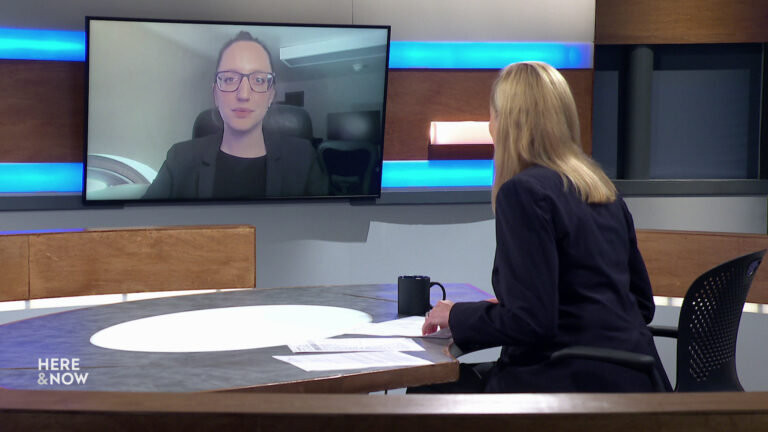
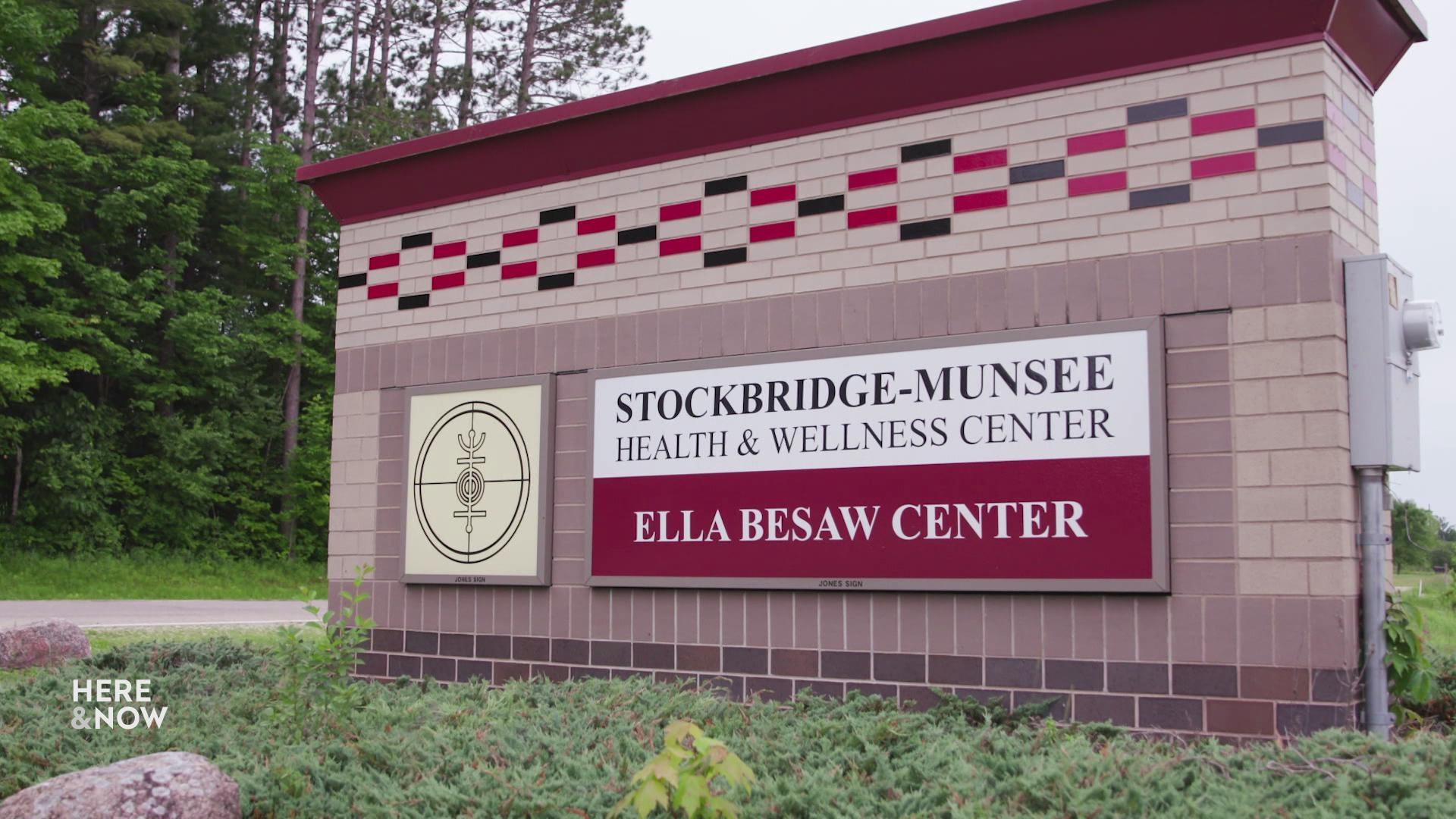
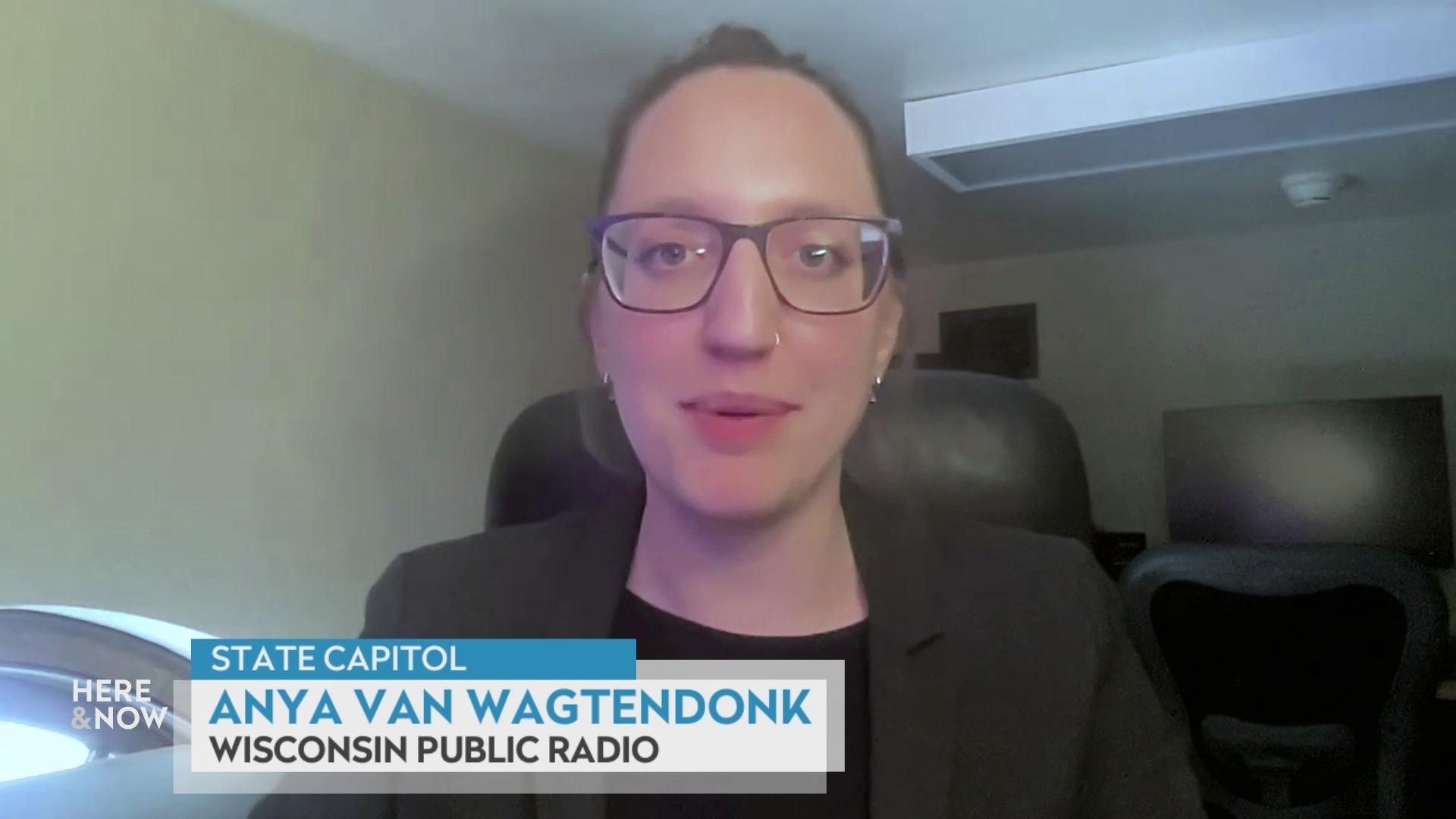
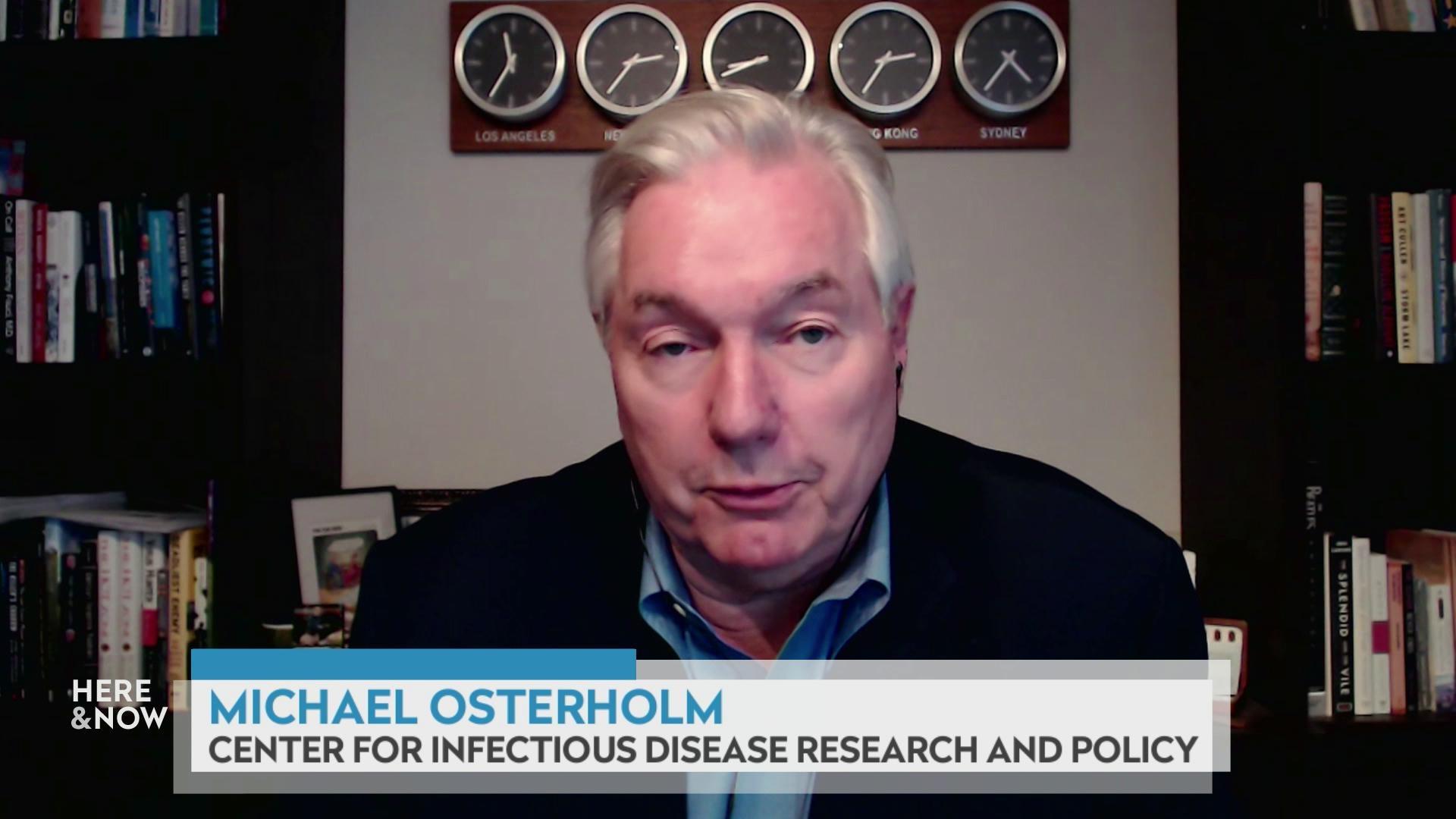
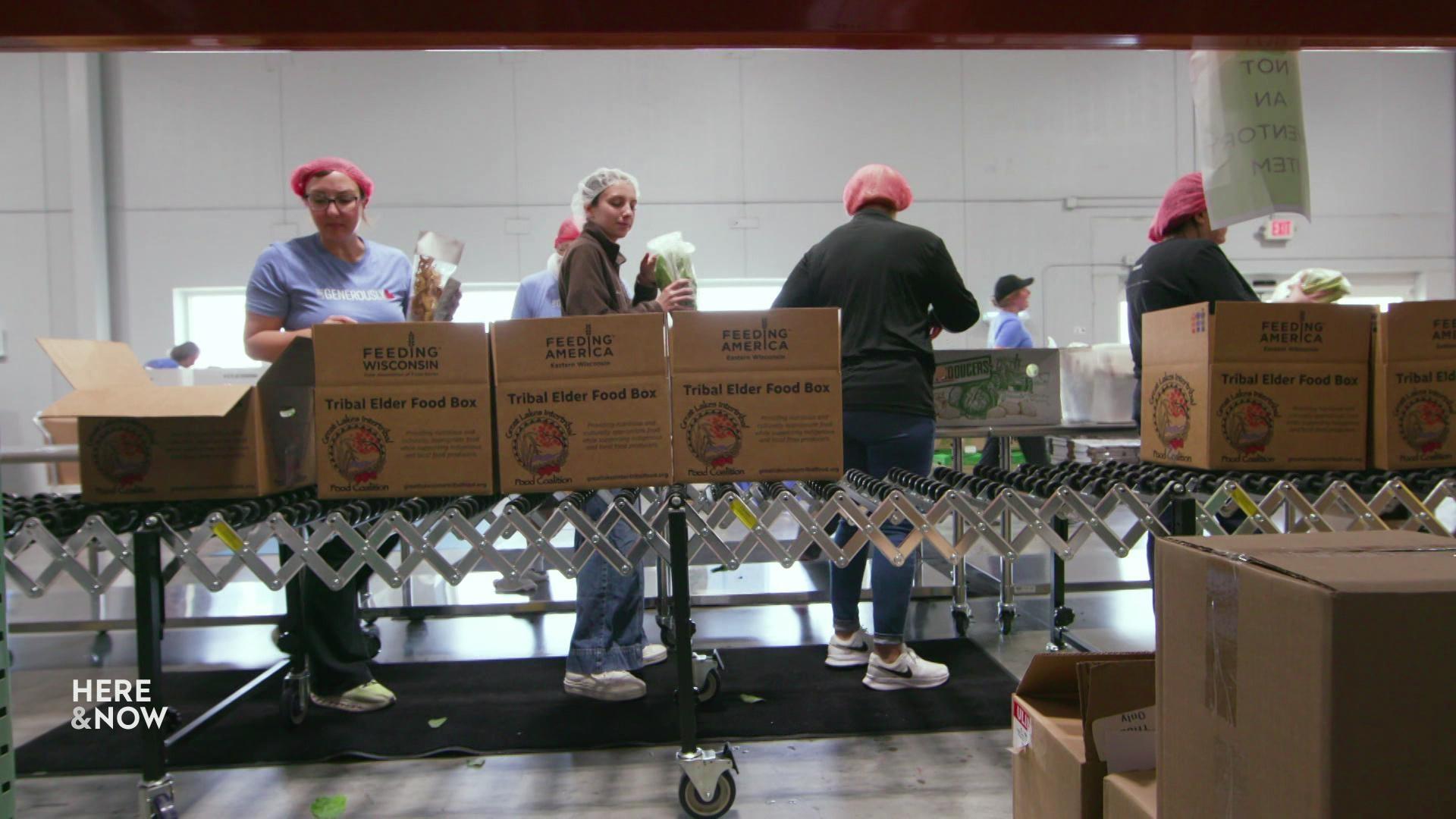

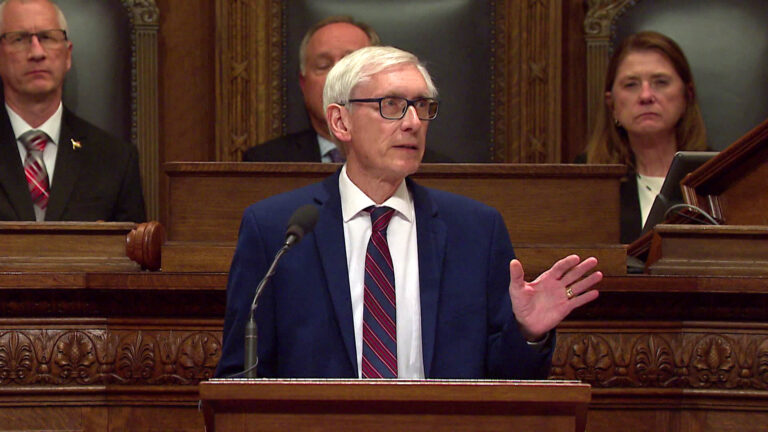
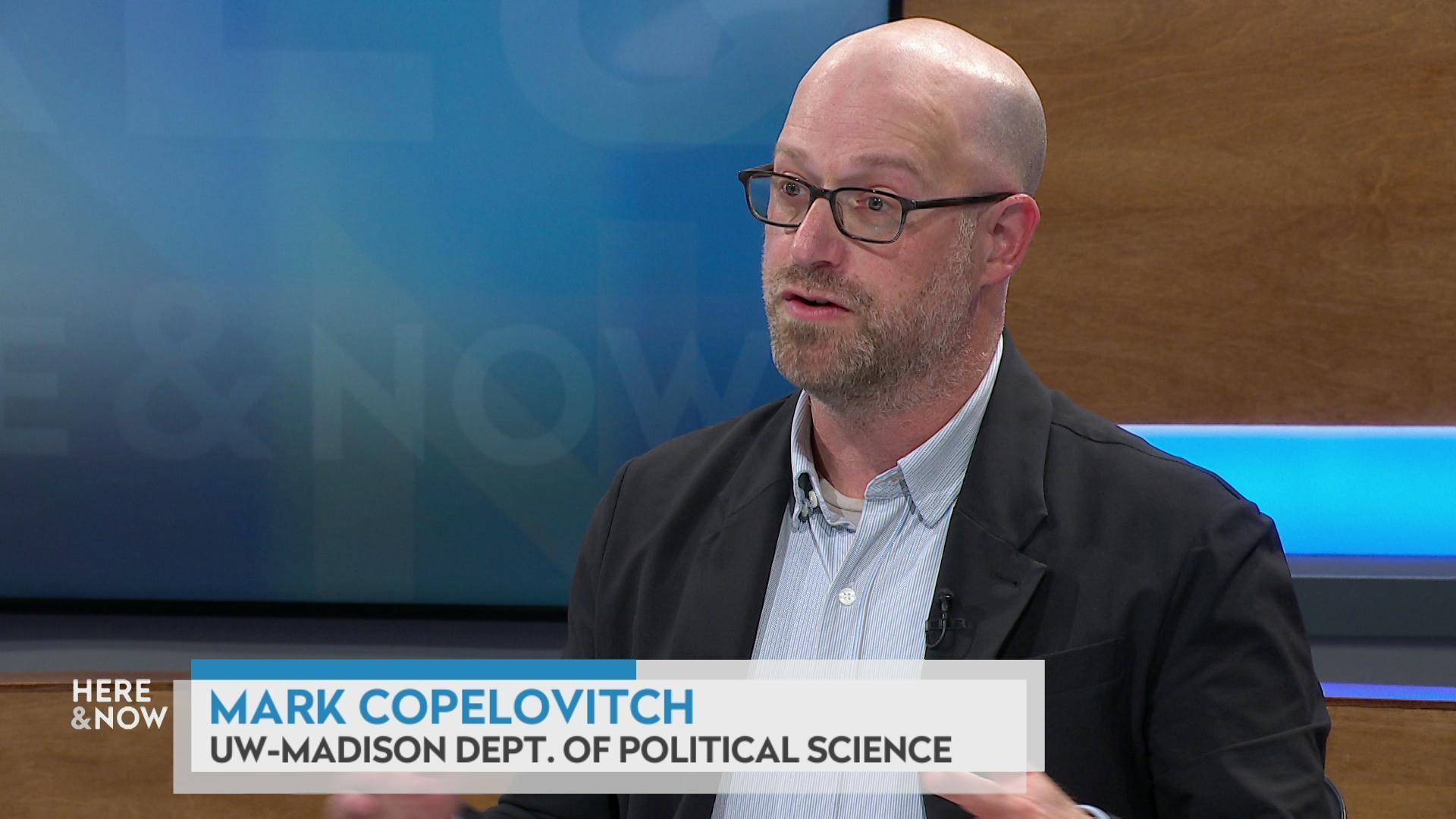
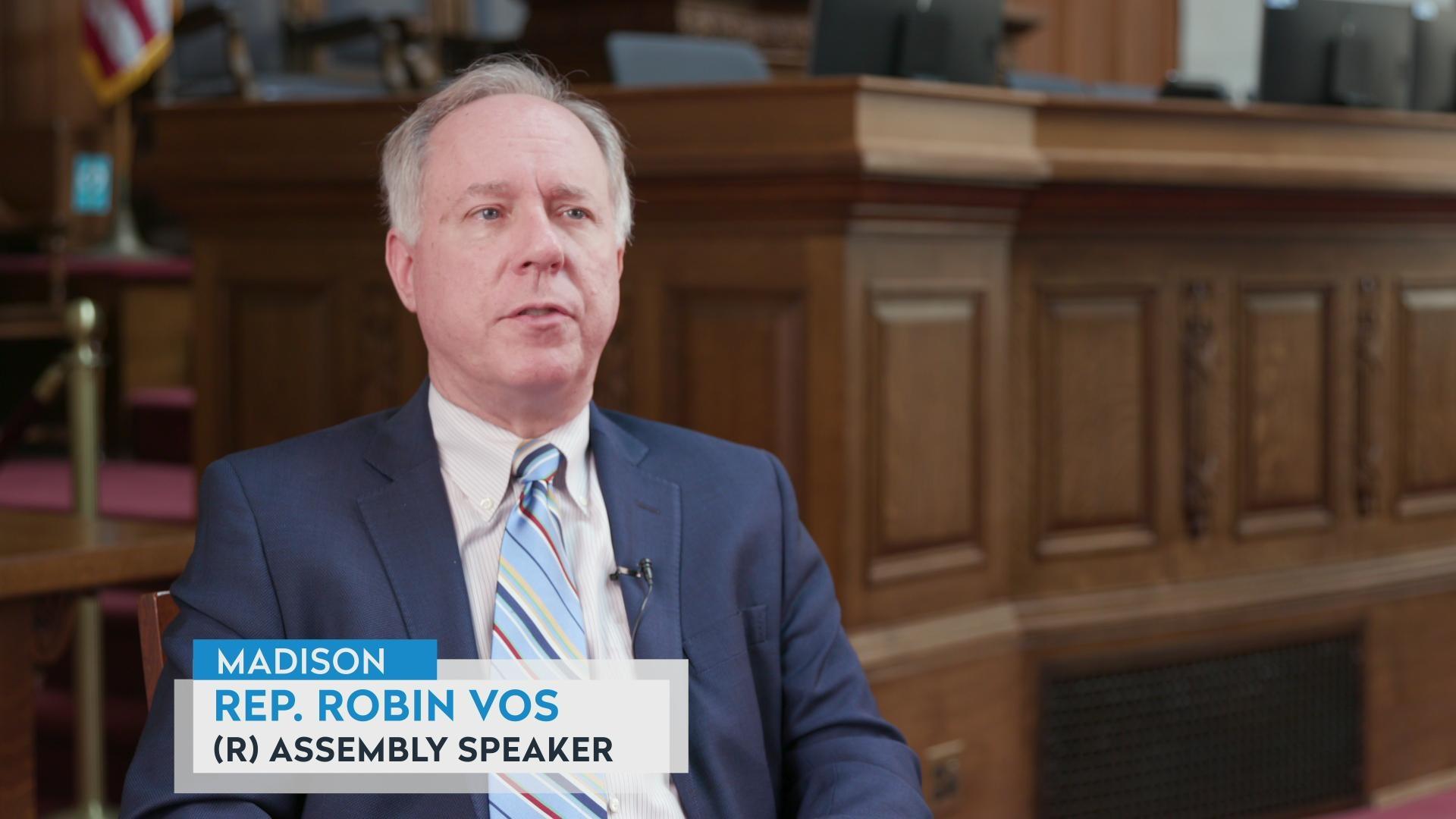
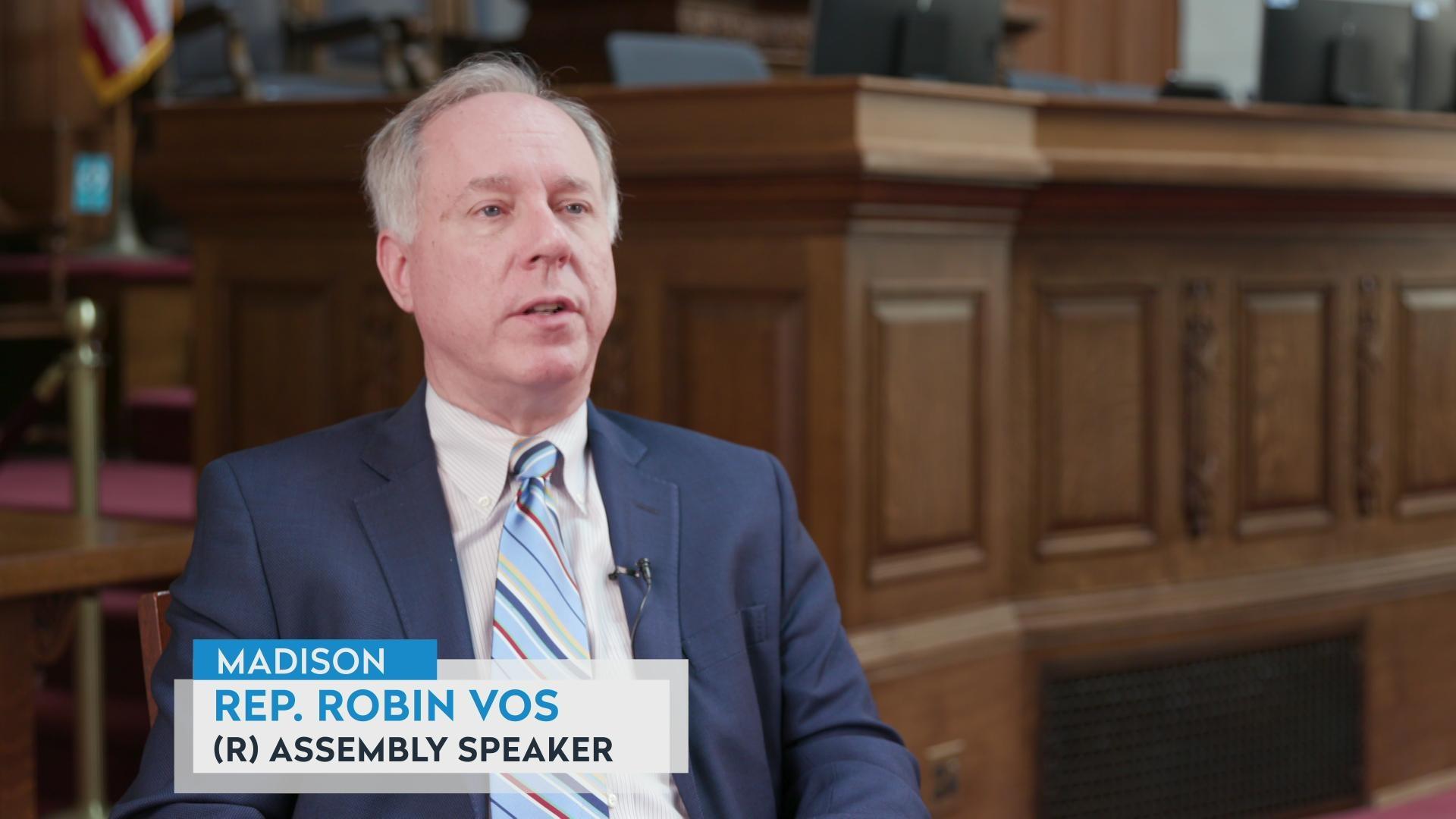
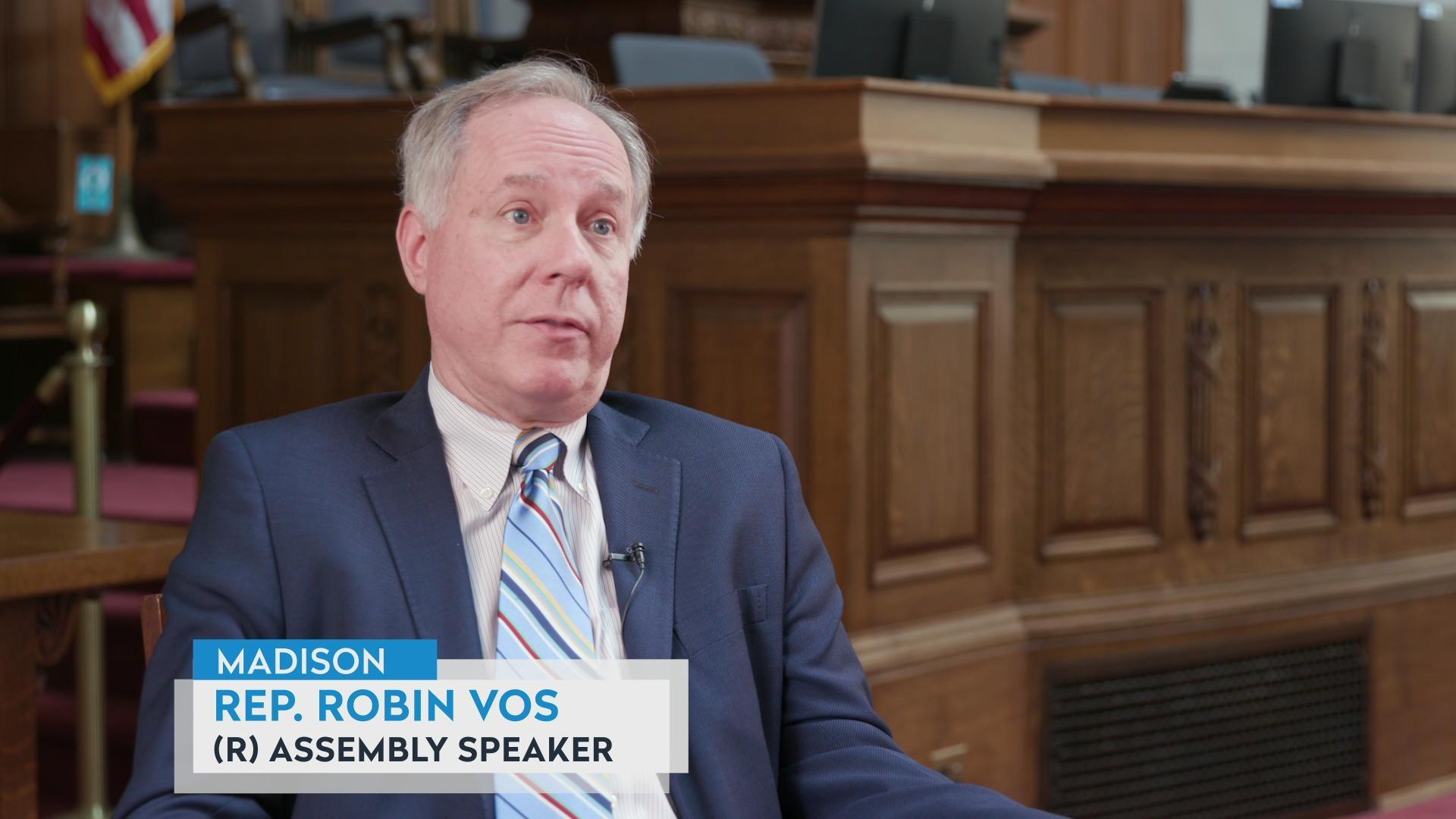


Follow Us